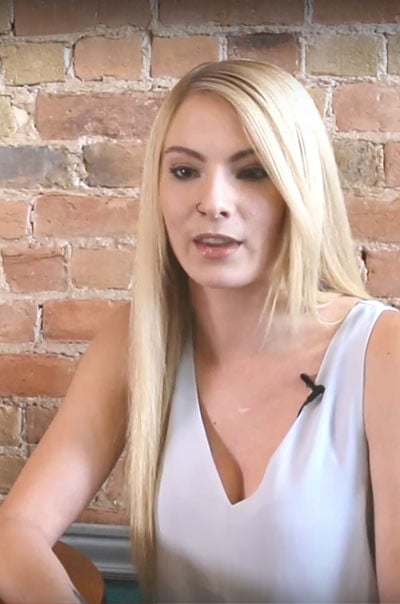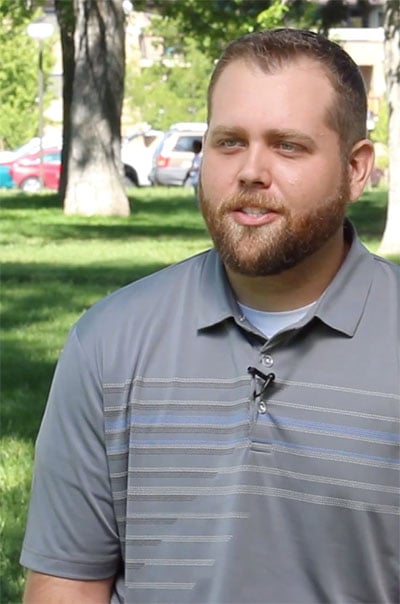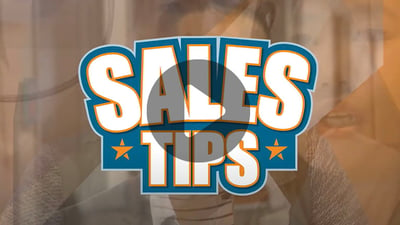
Are you designing your future or your dreams with YOU in mind? When I ask this question, most people look at me like I’m crazy. Of course, we do! Who wouldn’t? Well, let me explain.
Sam (real life person, promise) found himself absolutely miserable in his first job out of college with Company A even though it was “perfect”, paid well, and his commute lasted 10 minutes on a bad day. “This” just wasn’t working. Why? Well, it took some digging, but we discovered that Sam loved the mental break of a long commute (go figure). We also discovered that connection and relationships mattered more than the good paycheck. Sam also found out that, after years of playing competitive sports, he really did not like competitive cultures or tight-knit teams. Sam’s epiphany? If he had known more about himself, he probably would have said yes to Company B instead of Company A.
Ever discover that your dream or goal wasn’t really
what you wanted?
Design your future with YOU in mind.
Getting Around to You
What keeps you (like Sam) from dreaming, planning, or even accepting job offers with YOU in mind? Well, fundamentally, we rarely get to know ourselves well enough to articulate all those nuances about what matters most.
Getting to know yourself takes a few simple but hard steps. Think of this as an investment exercise — short-term work with longer-term dividends with a mental muscle bonus that helps you navigate just about any situation:
- Take profiling assessments. Compare them and share them with some of your trusted advisors who are willing to give you real feedback. The primary benefit here is a deeper understanding of how you operate. A great secondary benefit? You curate a ready list of content to use when someone says, “Tell me about yourself.”
- What stands out as strengths and do you believe it/see it?
- What stands out as weaknesses (or opportunities) and what would it take to overcome them?
- Here are a few of my favorites (most have free versions):
- MBTI
- Business Chemistry by Deloitte Greenhouse
- Four Lenses by Shipley Communications
- DiSC
- Ask yourself hard questions (and give yourself real answers):
- What matters most to me?
- What’s missing in my current environment(s)?
- Where do I feel the most comfortable?
- What makes me shut down?
- When people get the best version of me, what does that look like?
- When have I not been able to deliver that best version of me? What was going on? Can I describe it in detail?
- What are my physical, mental, and emotional limits?
- If you can’t identify and articulate your limits, you will push beyond them. Pushing beyond your limits leads to burnout, illness, and stress.
- What matters most to me?
Getting through the assessments and the hard questions can take a while. Sometimes you pressure test your answers and validate your assumptions with your circle of advisors multiple times before you land on what truly does matter most. Some people will start with a list of two or three while others quickly list 15 or more. Whatever your number, make it real.
Life is hard enough.
Define your limits.
Put Your Knowledge to Work
Now that you know more about yourself, channel your inner Garrison Winn and turn that knowledge into real power — implement what you learned. Here are two examples to get you started:
Define Where You Thrive
Jen thrives in creative environments. Constant change is her jam. Doing the same things over and over again “kills her soul.” Jen’s department launched a standard operating procedure initiative, and Jen started drafting her resignation letter before her friend suggested she talk through what she knows about herself with her manager first. Here’s the anecdotal conversation:
“Jane, can we talk about this new initiative? I have some questions and need your help building a solution.”
“You bet, Jen. What’s on your mind?”
“Well, you know I love change and am always the first one to volunteer for ‘what’s next,’ but this ‘standard operating procedure’... even the words make me want to run away. What about this isn’t going to drain the joy out of my job? It sounds so boring! Is there a way where my creativity and this project can co-exist?”
“That’s a good point. You do thrive on change and non-routine tasks. Will you schedule time for us tomorrow and bring your full list of what matters most to you and where you feel like you do your best work? I’ll come with a list of all the different project milestones as well as the roles I think we need people to play in order to make this new process work. Let’s build a plan together.”
Jen wound up taking on the role of change and communications manager for the project, helping to build the implementation plan and helping others find solutions to the problems they faced in creating their own processes.
Finding the Right Fit
Lon found himself interviewing with three amazing companies. He knew all the roles were a fit. He knew the offers from each would be about the same. His primary concerns were finding a manager and organization willing to invest in his long-term development AND finding a culture where teams collaborate but where independent work is also valued. Here is the list of questions he developed for his final round of interviews:
- Tell me about the last project your team finished. How did they work together? And what did each person need to produce individually to make it a success?
- If you had to weigh the value you place on teamwork and independent work, what would those weights be?
- How would the individuals on your team weigh the value of teamwork and independence?
- Describe your development plans for your direct reports.
- Will you walk me through the template you use to build a development and growth plan with your employees?
- How do you plan a budget for the growth and development of your team?
- What is the average tenure for people on your team?
- Why do people stay?
- Why do they leave?
- Think of your top performer and your bottom performer. Describe what you are doing to invest in each of them.
By watching the body language as well as listening to the answers and following up with additional questions, Lon quickly (and accurately) chose the most amazing company for him.
Your future doesn’t happen without YOU. Invest in knowing yourself well enough to design Your future with YOU in mind.
Tell us what you are doing to make sure your future includes YOU.







